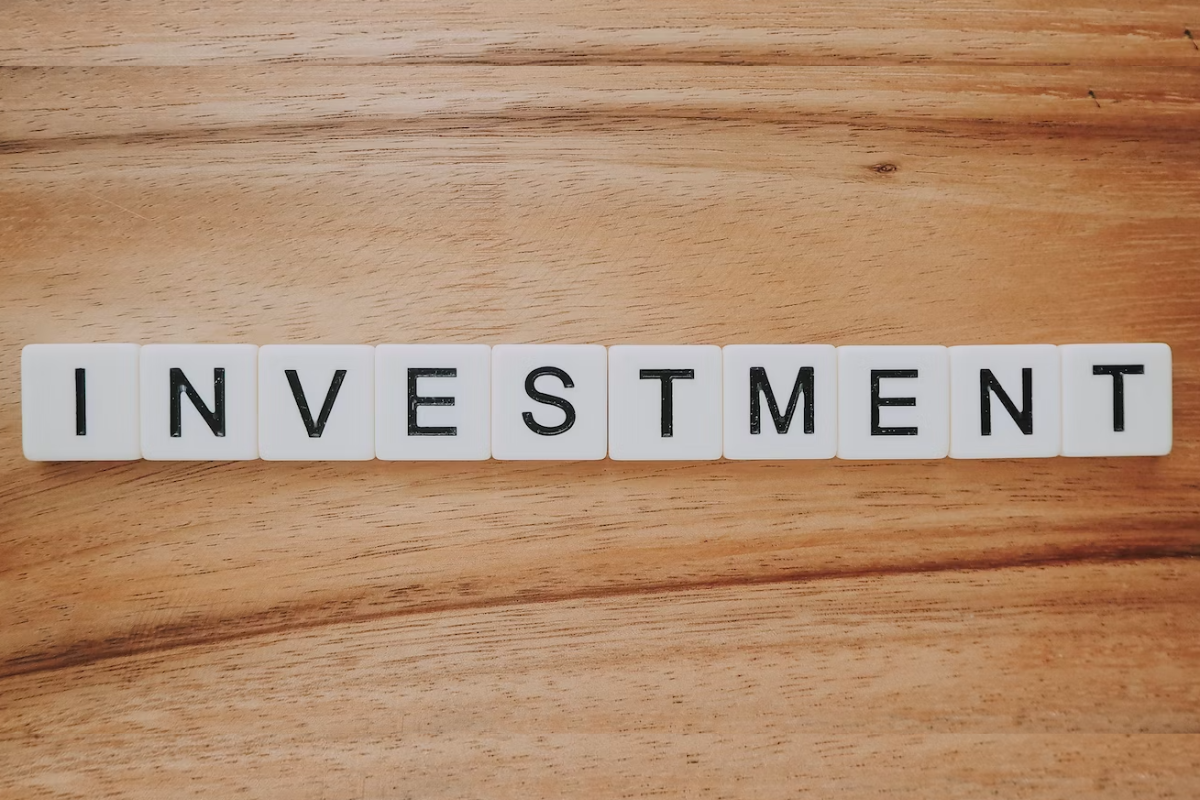If you knew which stock would go up with 100% certainty, it wouldn’t be unreasonable to put all that you own on that single stock and make a profit.
In reality, however, you can never know for sure. So, this move would be beyond risky.
Instead, you want to diversify your portfolio and keep it balanced. Still, how do you do that? Well, here are a few tips that will help you out.
Post Contents
1.) Start With Resource Allocation
The point of an investment portfolio is to spread risk with different asset classes. Sometimes, when the market is in shambles, it won’t be just one stock that goes down.
However, you’ll significantly lower the risk if you don’t put all your money in stocks but decide to put some funds in precious metals instead.
Some of the asset classes that you should consider are:
- Emergency fund
- Stocks
- Bonds
- Real estate
- Commodities
- Alternative investments
Another thing to bear in mind is that you need to understand how much money you should put toward each asset.
For instance, while some guides suggest putting 10% in precious metals, others talk about figures as high as 15% or even 20%.
Also, just because you don’t have enough money to buy a rental apartment, this doesn’t mean that you shouldn’t invest through REITs or real estate crowdfunding programs (like syndication).

2.) Look For Alternative Investments
In the previous section, we’ve mentioned alternative investments as a potential option. Still, what are some of these alternative investments?
While some would describe even real estate as an alternative investment, the truth is that this isn’t what most people have in mind when discussing this topic.
They’re referring to art and collectibles, designer bags, and cryptocurrencies.
The biggest problem here is that you need to get deep into the research to make it work.
There’s a regularly updated list of cryptocurrencies worth investing in; however, you can’t just go by the list.
You need to find the cryptocurrency and do your own research (which is far from easy). Still, this is a potentially lucrative investment due to a low buy-in and a chance of early adoption.
When it comes to art, you’re taking a risk. If you don’t understand art or don’t have someone to advise you on the subject matter, you have no idea if what you’re buying is worth anything.
The same thing goes for unique vintages. You must be well-versed in this asset or know and trust a good sommelier.
In other words, alternative investments are only worth it if you understand what you’re getting into.
For this to work, you must find credible information sources and contact a trusted professional.
3.) Consider Investment Expenses
Even when you set aside some investment funds, not all your money will go toward buying the asset. Instead, a part of your funds will go to so-called investment expenses. Some of these are:
- Management fees
- Expense ratios
- Brokerage commissions
- Front-end loads
- Back-end loads
- Advisory fees
- Custodial fees
- Trading costs
You won’t have to face these costs on every platform and every time you decide to invest. However, they’re often present in one form or another.
Also, these costs can be quite significant, which means that shopping around can save you money (and have more to invest).
In other words, research your broker or exchange site, and use comparison tools to see how they hold up.
4.) Don’t Neglect Cash And Fixed Income
In theory, if you were to invest more, you would earn more. However, you can’t invest all the money you have on your hands.

Your cash and fixed income play a vital role in your investment portfolio.
Liquidity is a high priority as an investor, so you always need a cash reserve.
This way, you can cover expenses, mitigate risks, and maintain a stable financial position. With a cash reserve, you’ll have an easier job withstanding a temporary market downturn.
Some fixed-income investments are:
- Government Bonds
- Corporate Bonds
- Treasury Inflation-Protected Securities (TIPS)
- Municipal Bonds
- Mortgage-Backed Securities (MBS)
These are great for both income generation and capital preservation. They also generate passive income and improve your capital deployment timing.
A Well-balanced Portfolio Depends On Different Asset Classes
In the end, knowing that you have to diversify is important, but it’s about as specific as telling people to be careful when investing.
Instead, the advice you need to hear needs to be about appropriate resource allocation, alternative investments, investment expenses, and the importance of cash/income.
With these few issues out of the way, you’ll keep your portfolio well-balanced and your assets safe.






























